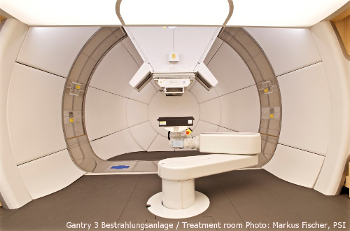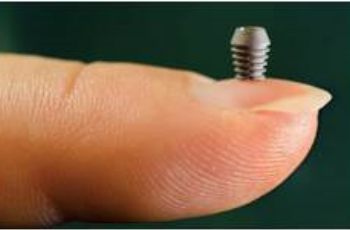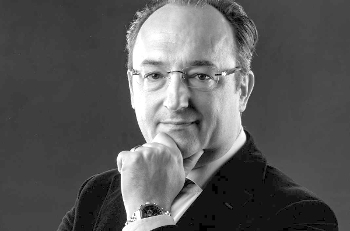Specialists in Cavernomas
13 Specialists found
Radiological Alliance – Interdisciplinary Center for Radiosurgery
Radiation Therapy / Gamma Knife
Hamburg
Information About the Field of Cavernomas
What Is a Cavernoma?
A cavernoma refers to a benign vascular malformation consisting of an accumulation of altered veins. As a result, they can cause bleeding even at low pressure, which either goes undetected or manifests as headaches, paralysis, or seizures. Cavernomas can occur in the brain as well as in the spinal cord. They are congenital but can also develop during life.
Causes of Cavernomas
The exact cause of cerebral cavernomas is unknown. Some of the malformations are hereditary.
Symptoms and Diagnosis of Cavernomas
20-40% of cerebral cavernomas do not result in symptoms. Sometimes they are discovered incidentally in a cranial CT or MRI. Symptomatic cavernomas typically become prominent between the ages of 10 and 50. Symptoms depend on the location of the vascular malformation. They often become symptomatic with epileptic seizures or present as movement and speech disorders.
Cranial CT is carried out to clarify acute symptoms of a possible cavernoma. Bleeding can be diagnosed reliably and quickly on the CT image. Further clarification of the cause can be made by CT angiography or head MRI.
Cavernoma Therapy
Whether to treat and which therapy is best for the patient depends on numerous factors and must be decided on a case-by-case basis. An influence in this decision is symptomatology and localization of the cavernoma. Cavernomas in the cerebrum are usually more harmless in their course than those in the brainstem. Symptomatic cavernomas are removed neurosurgical if they are easily accessible. A wait-and-see approach is taken for asymptomatic cerebral cavernomas.
Cavernoma Surgery
Because cavernomas are benign alterations, they can usually be removed entirely, and patients are subsequently considered cured. Surgical therapy is recommended when cavernomas become symptomatic. The closer a cavernoma is to functionally essential areas in the brain, the earlier it causes symptoms. The proximity of the cavernoma to essential structures in the brain presents a significant challenge for neurosurgeons, so the indication for surgery must be critical, and exceptional safety measures must be taken. These measures include techniques such as neuro-navigation-assisted surgical planning, functional navigation, microscopic surgery, and intraoperative monitoring.
Cavernoma Irradiation
For cavernomas in inoperable localizations, the option of radiation is available. Neither definite indications nor necessary dose has been established for radiosurgery yet. A combination with previous neuroradiological surgery is possible. However, the closure rates are significantly lower and also occur after an average of 18 months. In a few cases, even more, extended latency periods have been described. Irradiation can be carried out equivalently with proton radiation or stereotactic radiosurgery (gamma-knife, cyber-knife, linear accelerator).
Bleeding Risk in Cavernomas
The risk of bleeding is approximately 0.25-3.1% per patient year. After bleeding, the risk for another bleeding increases to about 4.5% per patient year.
Which Physicians and Clinics Are Specialized in Cavernomas?
Close collaboration between neurosurgeons, neuroradiologists, neurologists, and radiation oncologists is important for the optimal treatment of cavernoma patients. In neurology clinics, patients are usually treated on an outpatient basis, and a diagnosis is made in collaboration with neuroradiologists. It is carried out by neurosurgeons if surgery is necessary, while radiation oncologists carry out radiation therapy.
We will help you find an expert for your condition. All listed doctors and clinics have been reviewed by us for their outstanding specialization in Cavernoma and are awaiting your inquiry or treatment request.
Sources:
- Kondziolka D, Lunsford LD, Kestle JR. The natural history of cavernous cerebral malformations. J Neurosurg 1995; 83: 820–824
- Moriarity JL, Wetzel M, Clatterbuck RE et al. Natural history of cavernous malformations: a prospective study of 68 patients. Neurosurgery 1999; 44: 1166–1171
- Requena I, Arias M, Lopez-Ibor L et al. Cavernomas of the central nervous system: clinical and neuroimaging manifestations in 47 patients. J Neurol Neurosurg Psychiatry 1991; 54: 590–594
- Stefan H, Hammen T. Cavernous haemangiomas, epilepsy and treatment strategies. Acta Neurol Scand 2004; 110: 393–397
- Hemphill et al.: Guidelines for the Management of Spontaneous Intracerebral Hemorrhage: A Guideline for Healthcare Professionals From the American Heart Association/American Stroke Association. In: Stroke. Band 46, Nummer z, 2015, doi: 10.1161/STR.0000000000000069.
- Steiner et al.: S2e-Leitlinie Intrazerebrale Blutungen. Deutsche Gesellschaft für Neurologie (DGN). Stand September 2012.
- Schwab et al. (Hrsg.): Neurointensiv. 3. Auflage. Springer 2015, ISBN 978-3-662-46499-1.
- Linn et al. (Hrsg.): Atlas Klinische Neuroradiologie des Gehirns. Springer 2011, ISBN 978-3-540-89568-8.
- Hennerici et al.: S1-Leitlinie Diagnostik akuter zerebrovaskulärer Erkrankungen. Deutsche Gesellschaft für Neurologie (DGN). Stand Dezember 2016.
Medical Articles
Your benefits
If you have found a matching specialist, you can contact him/her directly and upload records if needed. And in case you need treatment, you can…
We will direct your request to the appropriate specialists
We are happy to assist you in choosing a specialist for your needs. The service of PRIMO MEDICO is always free, confidential and discreet for…
The treatment of scoliosis in transition - When is surgery necessary?
Scoliosis is a lateral deviation of the spine. This usually involves torsion of the individual trunk sections as well as a change in the side…
Specialists' Second Opition
Many people suffer from shoulder pain or hip problems. In this case, doctors quickly recommend surgical intervention. But is this really always…
High-tech against cancer: new treatment facility put into operation
At the Paul Scherrer Institute in Switzerland a new state-of-the art treatment facility, the so-called Gantry 3, has been put into operation.
Implants: "The Longer, the Better" Has Had Its Days
Ultra-short implants have a significantly better durability than expected by experts - with lower costs, treatment times, and complications.
Modern Prostheses for Natural Walking
The ankle joint is particularly susceptible to degeneration such as osteoarthritis. It has to bear the greatest weight of all joints in the body.
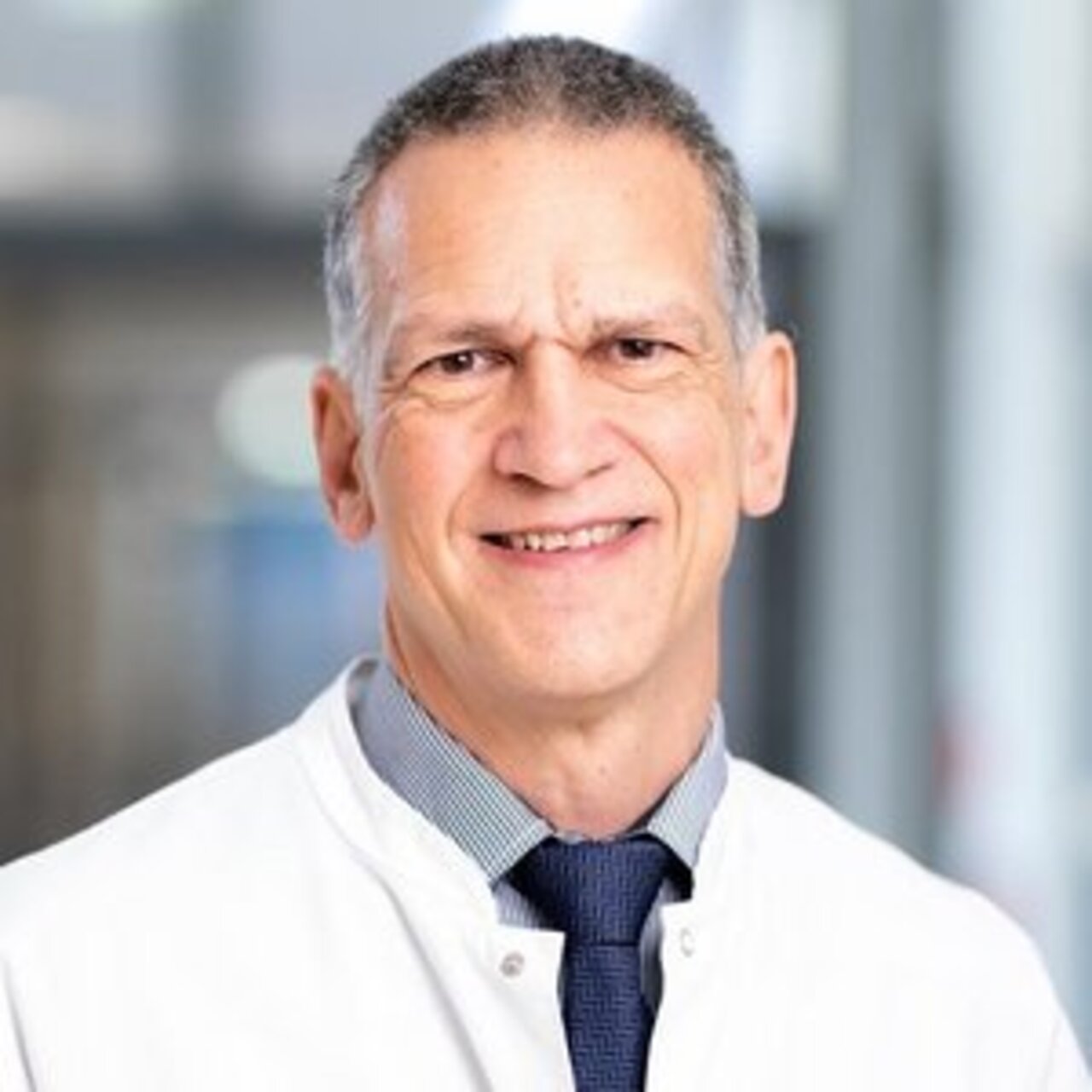
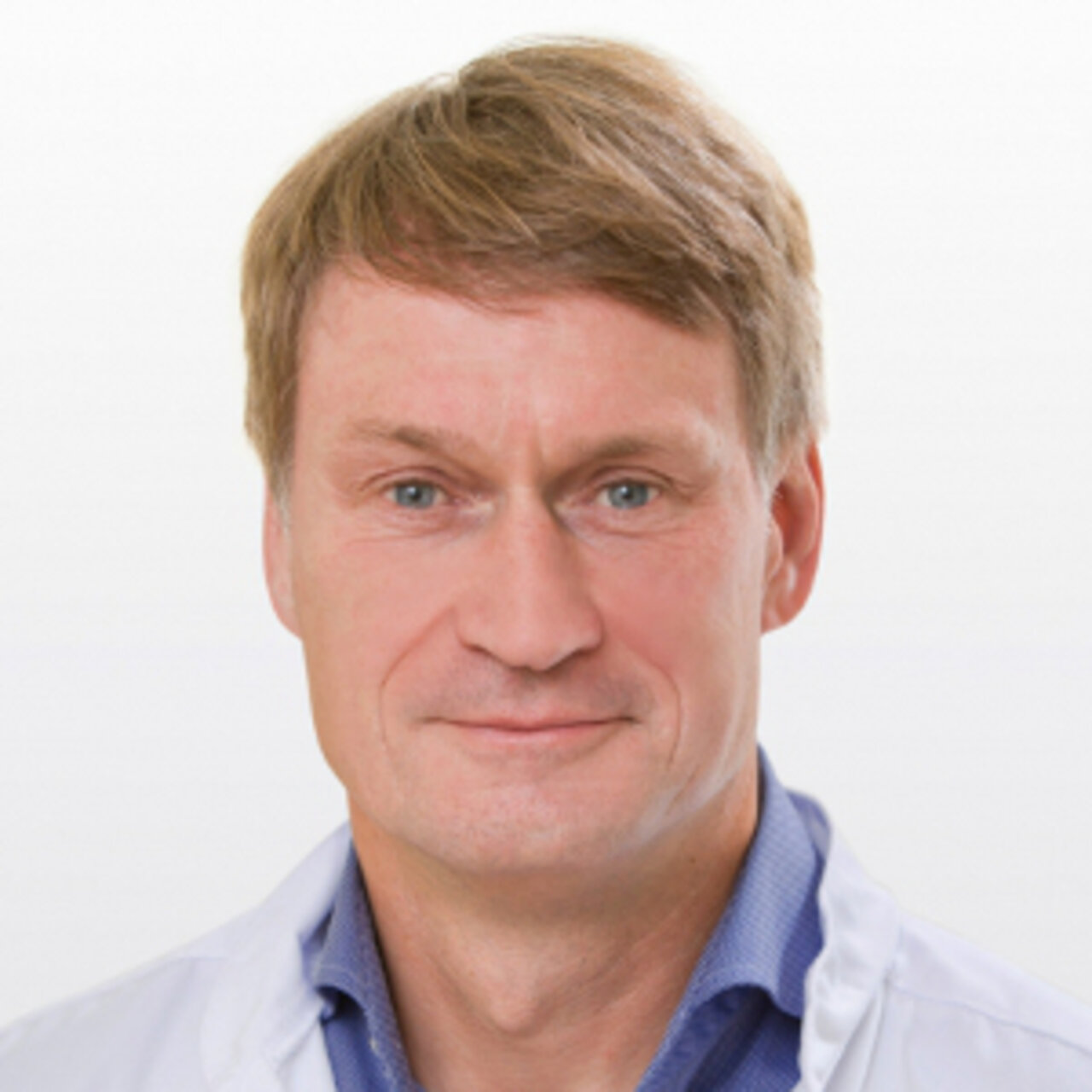
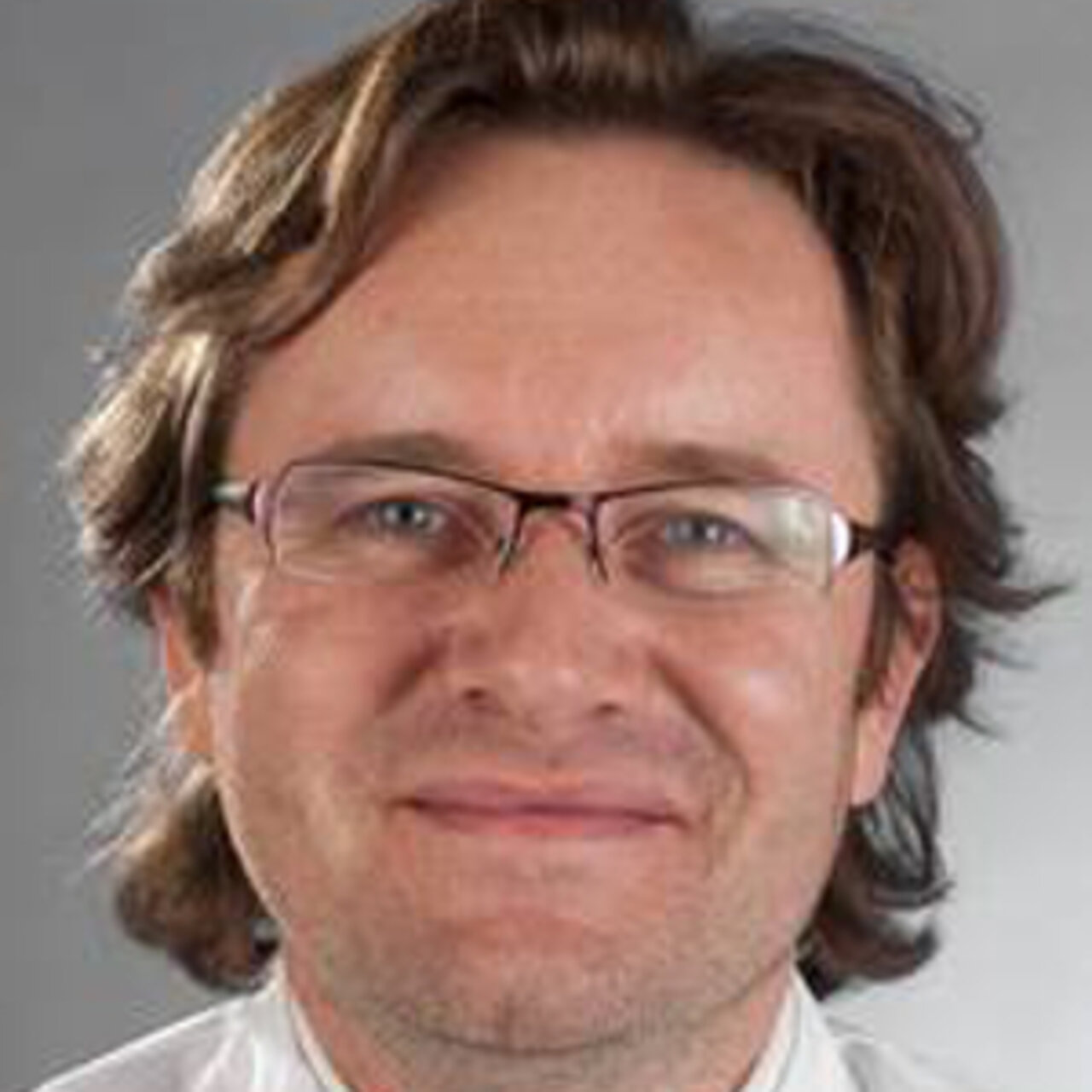













![[Translate to English:] Zweitmeinung von Spezialisten [Translate to English:] Zweitmeinung von Spezialisten](/fileadmin/user_upload/Zweitmeinung-von-Spezialisten_350px.jpeg)
